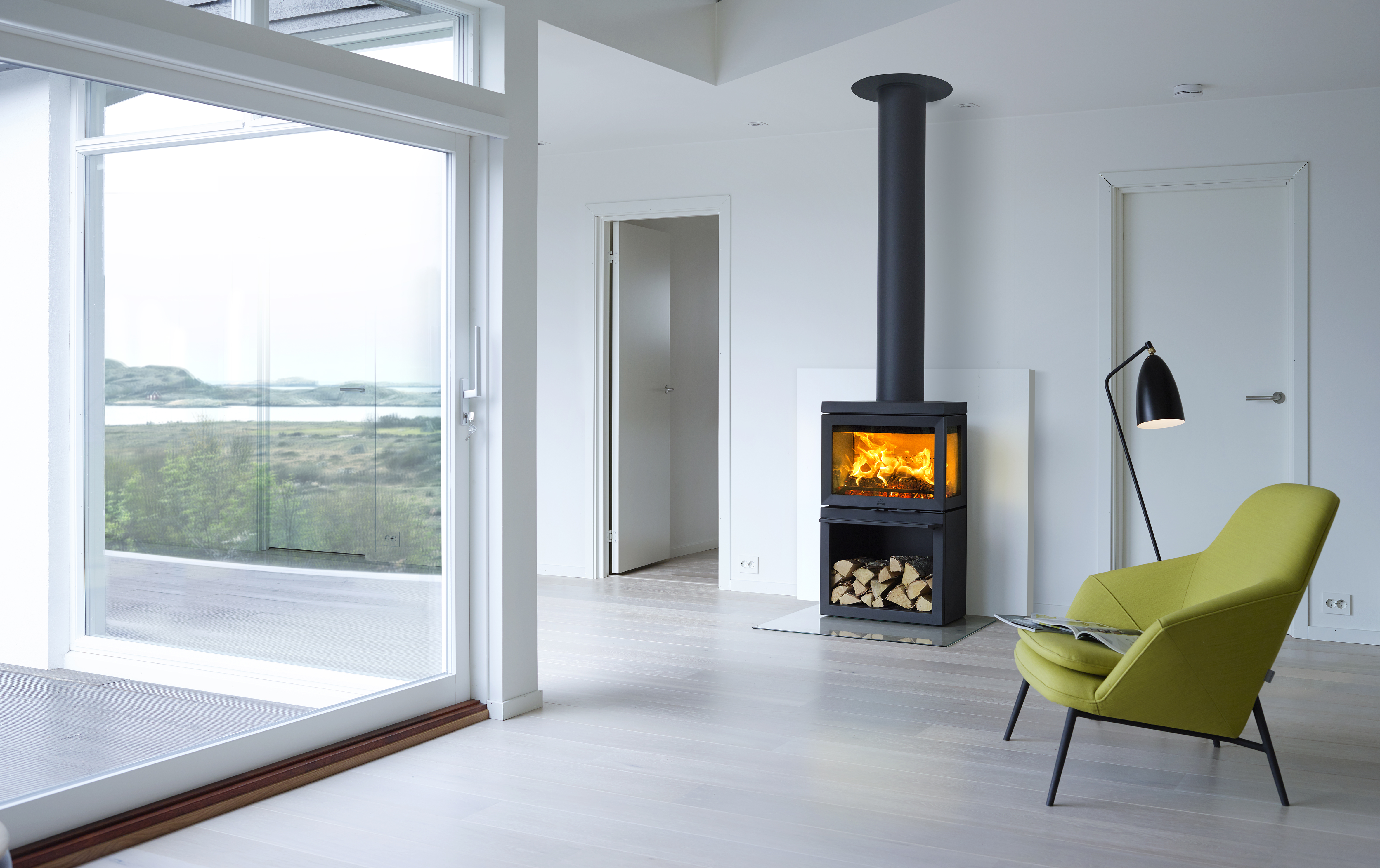
How to use a wood stove properly
HOW TO USE A WOOD STOVE PROPERLY
Here is a quick summary guide on how to properly use your wood burning stove.
There are many advantages in becoming a wood stove owner, one such example that is growing is significance is that of making our homes more self-reliant. In a world that is so used to being focused on the convenient rather than cost conscious or green conscious, a wood burning stove offers the option to free you from the confines of high energy costs and allows you to ensure that your family will continue to benefit from heat regardless of power grid electricity supply. A wood burning stove offers a freedom and energy efficiency which no other heat source can, but it is that freedom which can often be met with a bit of confusion as to how to properly use and operate a stove. Our local dealer network and professional installers can give you invaluable advice and tips, but to help you further below is a quick summary guide on how to properly use your wood burning stove.
An Insight to how the stove works
It’s a good starting point to understand how your stove operates. Wood burning stoves take a little time and attention to gain the best from them, unlike other home appliances which you can simply set up and forget. To gain the most efficiency from the stove it’s advisable to gain a reasonable understanding on how it all works together. Often the basic perspective is that each unit is little more than just a fire box with a flue outlet. This isn’t wrong except more elements are included; a feed at the base of most units provides the right amount of oxygen to the firebox and feeds the fire, this main chamber is encased in high intensity insulation. This feed is operated by a valve (the air valve) with is fully controllable. A fully open valve means that the maximum amount of oxygen is being supplied for the highest fire, and adversely the more the valve is closed off, the lower the flame will be. Wood burning within the stove must clearly have a place to exhaust in order to stop the fire from completely going out, or smoking up the home, so the chimney flue allows that to happen.
Wood types are important
Not all wood is suitable for burning in a wood stove. Selecting the correct type of fuel for a wood burning stove is the same as any other home appliance, it needs the correct fuel for the job. This can be a confusing task with so many species of wood available on the market. There is equally confusion over the fact many think it should be easy to simply go out chop down a tree from the garden and get the wood you need. Unfortunately, this is a misconception that many make. Each variety of wood features unique characteristics that can either help or hinder its ability as a great source of fuel. It should be noted that the specific wood variety is also only part of the sourcing of fuel journey, as all firewood must be seasoned for a period of between 12 and 18 months depending on its density and water content.
The best wood for burning in your wood stove is to mix both a variety of soft and hard woods, this provides the best results in heat output and efficiency. Among the top wood species in the UK are ash, apple, oak, birch, and beech. These may require a longer required seasoning time, but as each also possess a more intricate interior structure this enables the logs a longer burn time, making these wood types more beneficial to the wood burner than others.
Other wood types to seriously consider are beautiful fruitwoods; these are highly valued for the wonderful aromas they give off during burning. Each wood type has various seasoning times and fruit woods can sometimes be difficult to source but well worth the search. Regardless of your preferred type of wood you must ensure that you always avoid pine. Some stoves can burn pine relatively well, but the amount of creosote left in both the flue and your stove can be a serious fire hazard, so it’s best to simply not include pine in your wood stack. If, however you are not able to source an alternative to pine and will be using it for an extended period, it’s essential to ensure that you have the stove flue professionally cleaned and swept. This will need to be done more often than the normal recommended frequency when using pine. Thorough cleaning and sweeping should be done at least once per year as a standard maintenance and we recommend you are mindful of time elapsed between cleanings to avoid any possible fires.
Stacking the Wood
One of the easiest mistakes to make when creating a wood stack inside in readiness to light your stove, is to simply pile the wood as tightly within the unit as possible. In many cases the train of thought is that the more wood in the stove means a better fire, but in reality, this is not the case. Ideally start with just a few logs stacked in a cross pattern in which there is plenty of air flow between each. It’s these spaces which will allow the flames to produce more profitable heat and will allow for longer burn times as well, therefore increasing efficiency of the number of logs you use.
Lighting a wood burning stove requires a different technique to the norm; you need to light from the top, so it burns down. This can seem to strange to those who have experience in lighting outdoor fires. In the case of an outdoor fire, wood is stacked with a small area beneath and lit to ignite the fire from inside out. When outside and starting a bonfire this lighting procedure is ideal as it protects the small flame from too much wind while it grows. A wood burning stove, however, is quite a different matter. Simply stack your wood to allow for proper oxygen movement, but lighting should be done from the top of the stack, so embers fall onto the logs below and the intensity takes hold and grows.
In summary wood stoves are a joy to have and experience in any home and although they may initially appear to present more work, the benefits of cost savings and reliability soon far outweigh any doubts or concerns. Warm, radiant, and beautifully mastered heat is what you can expect from your wood burning stove for you and your family.

Recent Articles
© 2025 The Burning Question (Perth) Ltd | Company No. SC111472 (Scotland) | Privacy Policy | Site Map

